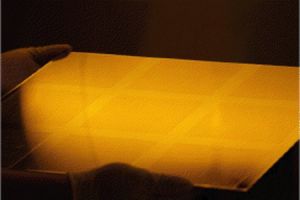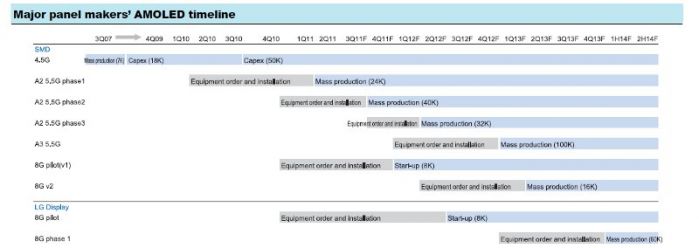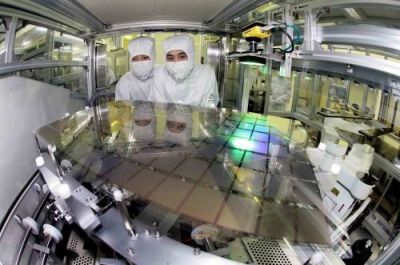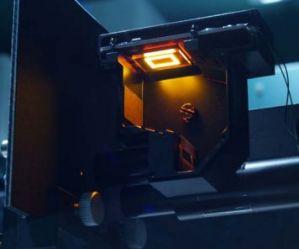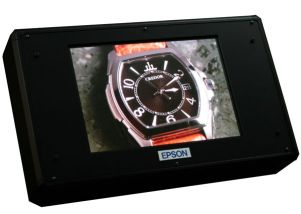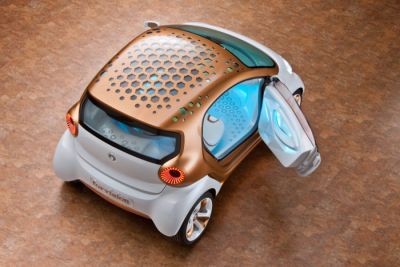The Holst centre shows how durable OLEDs are
The Holst centre released videos showing how durable flexible OLEDs are - they can be hit by a hammer or even be cut in half and still continue to work:
The OLED being cut video is actually rather old, it was released in 2009, but they just uploaded it to YouTube again and it's nice to see. The hammer video seems to be new, although we've seen these kinds of videos before - from UDC in 2007 and Samsung in 2009.


